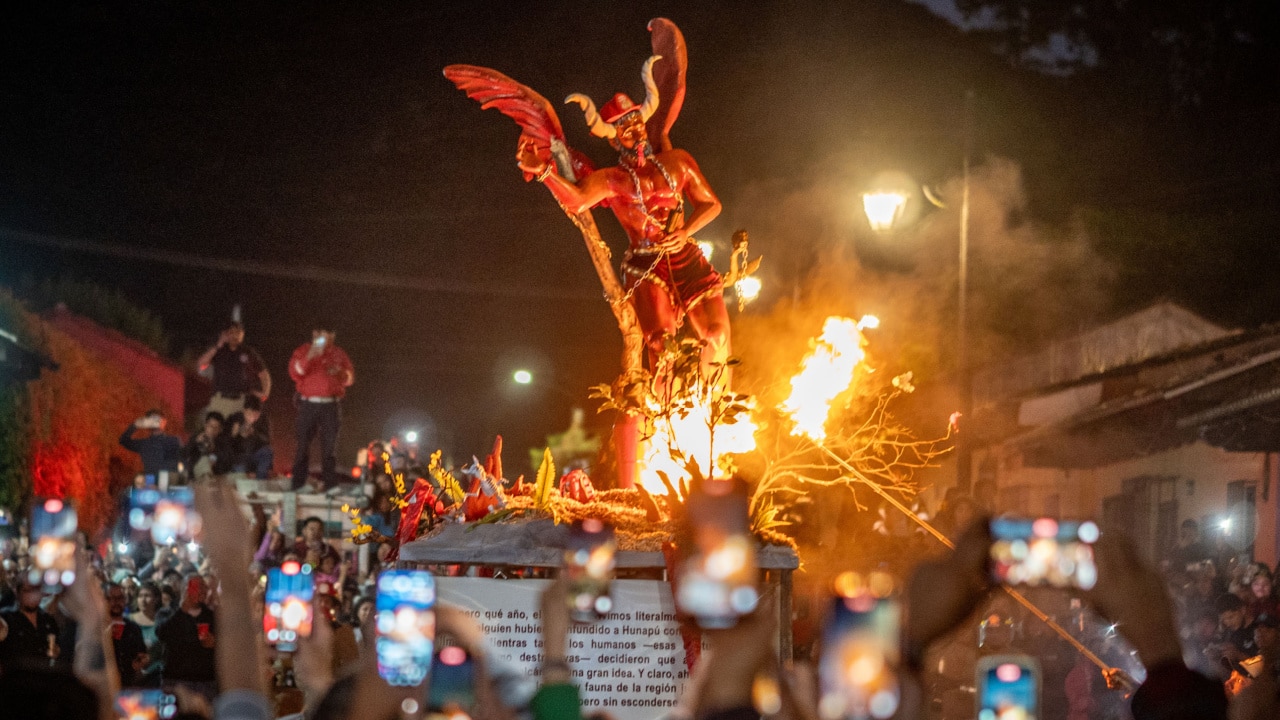Cultural Tribute or Fashion Gentrification? Adidas and Willy Chavarria Criticized Over Oaxaca-Inspired Sneaker
Sportswear giant Adidas and fashion designer Willy Chavarria have caught heat with their latest sneaker collaboration. Presented on August 3 at the Museo de Arte de Puerto Rico, the “Oaxaca Slip On” is receiving backlash, accused of cultural appropriation. The shoe is also raising brows as it extends a pattern of fashion gentrification taking flight in 2025.

Did the Oaxaca Slip On miss the mark?
Willy Chavarria is one of the fashion designers continuously making headlines with cultural tributes to his Mexican roots. From celebrating Chicano culture to making runway statements in support of the immigrant community, Chavarria is generally at the forefront of fashion, politics, and cultural conversations.
His latest sneaker collaboration, however, seems to have missed the mark. Now, the internet and even Mexican authorities are calling him out for culturally appropriating the huarache.

The Huarache’s history and cultural significance
The huarache, if you need a refresher, is a Mesoamerican sandal tied to indigenous communities and ancient civilizations. Although experts and academics debate its origins, it is clear that the shoe saw its inception in pre-Columbian times. Throughout history, huaraches have remained a staple of indigenous people and the working class, especially in rural areas.
The designs have also evolved with material availability. During the 1900s, for example, the shoe featured a sole created from rubber tires. However, today, huarache makers also use leather and other materials.
However, the signature element continues to be leather straps. They are generally woven to create a toe box that keeps the wearer’s feet attached to the shoe. These straps can be as simple or as elaborate as artisans make them. According to the book Ethnic Dress in the United States, “the intricate weaving on the upper part of the shoes became an art form. A way for craftsmen to express their skill and talent.”
The book also retraces the history of huaraches. It emphasizes that after the Spanish conquest, much of the population’s way of life was stifled. Thus, “huaraches were relegated to peasants and lower classes for the next few hundred years.”
But huaraches’ appealing design and cultural importance wouldn’t let them stay on the sidelines for long. Today, they have crossed frontiers and become a symbol of Mexican craftsmanship.
A “tribute” by Willy Chavarria and Adidas sparks legal concerns in Mexico
Adidas and Willy Chavarria initially presented the Oaxaca Slip On as a tribute to the Mexican huarache. However, the resemblance between the sneaker and the huaraches from Michoacan and the Yalalag community in Oaxaca quickly sparked outrage in Mexico.
Despite carrying Oaxaca’s name, the shoe was, reportedly, not created with the authorization of any Oaxacan indigenous community. Since 2022, the General Law for the Protection of the Cultural Heritage of Indigenous and Afro-Mexican Populations and Communities has protected Mexican traditional cultural expressions, requiring the authorization of intellectual property holders to commercialize elements tied to cultural heritage. In the Adidas x Willy Chavarria design’s case, the shoes were not manufactured in Oaxaca or in collaboration with Oaxacan artisans either.
Additionally, as it has happened with various collaborations and launches this year, the drop glamorized elements associated with marginalized communities, turning them into “coveted” items devoid of cultural value. Often referred to as “makeovers,” these types of product drops repackage cultural items, wiping out their significance and delivering items that are more palatable for the masses and more specifically, the dominant classes.

The outrage in Mexico keeps gaining momentum
While the first critics were content creators, fashion commentators, and social media users, the controversy has reached the highest levels of political authority. President Claudia Sheinbaum announced on August 8 that the Mexican government is already analyzing legal actions and an additional law to complement existing legislation on TCE protection. “We are looking into the legal part to support the [Indigenous] people,” she said on her daily morning press conference.
At the same briefing, Marina Núñez, Vice Secretary of Cultural Development, shared that Adidas has already reached out to Oaxacan authorities. As per Nuñez, both parties are in talks about compensation for the plagiarism and cultural appropriation of collective traditional cultural elements.
Likewise, local representative Isaías Carranza addressed the situation during a session of the Oaxaca Congress. Carranza encouraged Indigenous communities to protect their traditional elements. According to El Universal Oaxaca, the representative called for government action and investigation. “As a representative of this community, whose crafts have been affected today, and as a member of the Permanent Commission on Culture and the Arts, I call for an investigation into this probable act of cultural appropriation,” he said.

Willy Chavarria’s Oaxaca Slip On adds to a global conversation on fashion and appropriation
In an open letter to Adidas, Oaxaca state governor Salomón Jara Cruz also prompted the brand to stop the commercialization of the Oaxaca Slip On, give credit to the affected communities and compensate them.
“This statement is not an isolated act, but rather part of an institutional effort to vindicate communities that have been systematically marginalized, discriminated against, and dispossessed in the name of trends,” he wrote in the letter. “We hope this moment serves as an opportunity to reconfigure the relationship between the creative industries and indigenous peoples. Cultural appropriation cannot be reduced to a discussion about copyright, inspiration, or aesthetics. Today, it is part of a global conversation about power, economics, and social responsibility.”
This isn’t the first case of cultural appropriation tarnishing fashion and footwear in recent months. Back in June, Prada was under fire for presenting sandals that resembled the Kolhapuri chappal, an Indian shoe, on the runway. Following internet backlash and a statement from the Maharashtra Chamber of Commerce, Industry and Agriculture, Prada Group acknowledged the inspiration. The fashion group also mentioned that they were “opening a dialogue for a meaningful exchange with local Indian artisan communities.”




